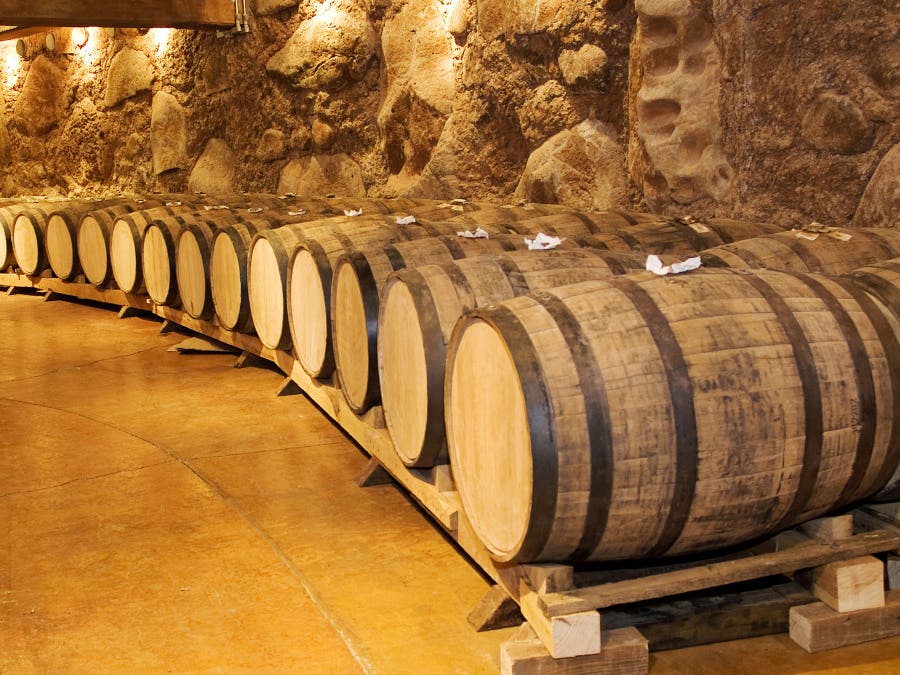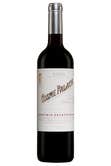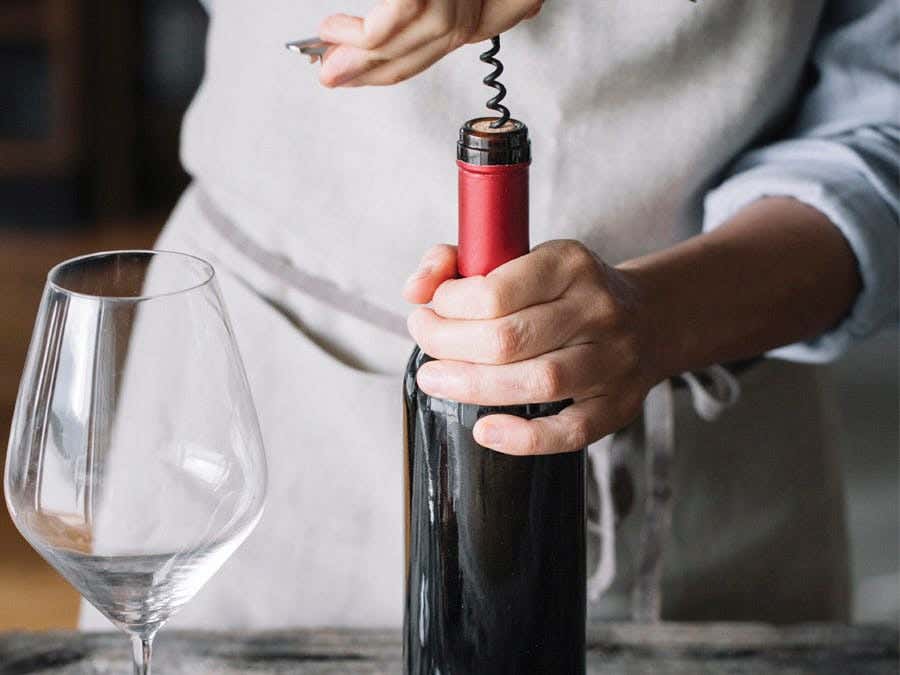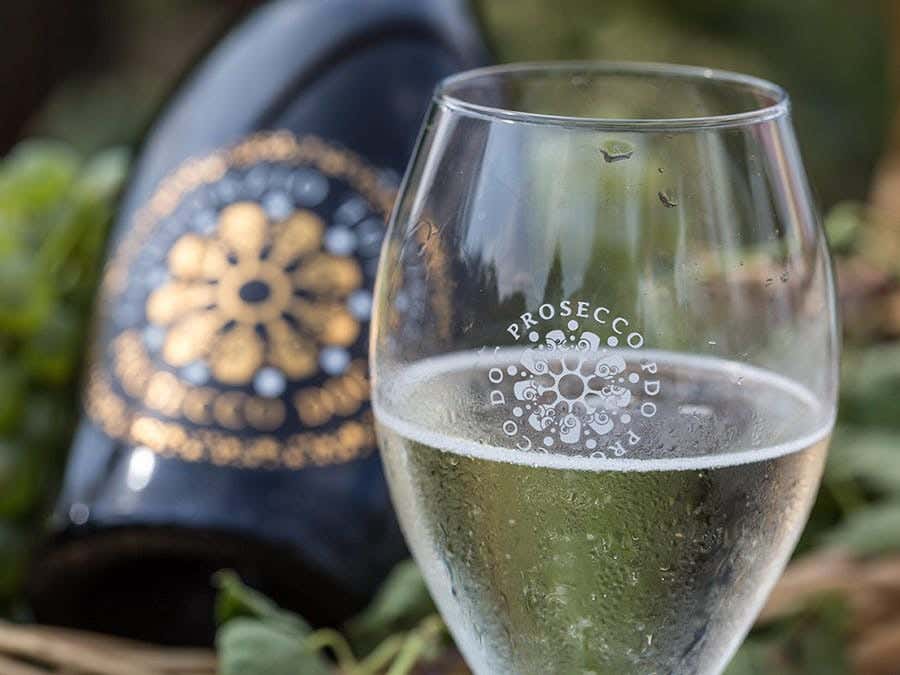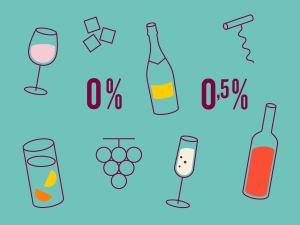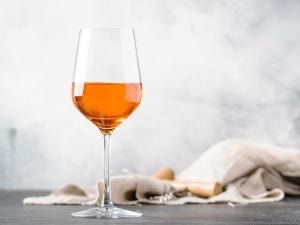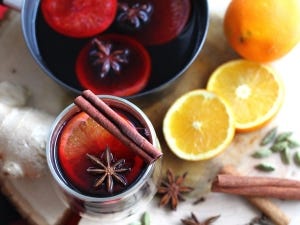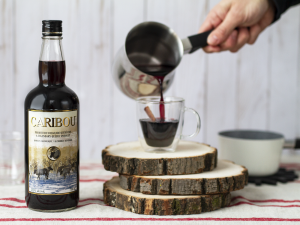Maturing in oak barrels
When discussing the maturing of wine, the time it is matured is measured from the moment the wine is produced to when it is put on the market. This period is beneficial for the wine and allows it to become mature. In the case of fine wines and high-quality wines, maturation is accomplished in kegs (barrels). The most commonly used wood for this purpose is oak.
The kegs have two effects on wine.
First, oak kegs breathe. Wood is a preservation material that is permeable to oxygen. It allows the wine to age in contact with a small, but beneficial, amount of air.
Second, the wood that is in contact with the wine lends it certain aromas, often reminiscent of wood, cedar, smoke, roasting, chocolate, vanilla, maple, caramel and sweet spices (cinnamon and nutmeg).
Some wines have very noticeable aromas of wood, as well as notes of vanilla, pastry and chocolate that are quite present, which some find attractive. Others find these wines to be overly perfumed (sometimes referred to as “maquillé”) to the point where any accents provided by the raw material, the fruit, has been hidden. Ideally, the wood should complement the wine, lending it a fine complexity instead of completely taking over.
Here are two woody wines, the first with aromas of new wood and vanilla, the second with accents of chocolate and mocha coffee:
Related Posts
-
Read more
SAQ shelves are lined with more than 300 wines and spirits produced abroad and bottled here, a process that has a positive impact on the environment and workforce in the province.
-
Read more
In recent years, Prosecco DOC (Denominazione Di Origine Controllata) sales have dizzying new heights. Read on to learn more about the accessible bubbles adored the world over.
-
Read more
Bubbly’s rising popularity has resulted in a wide variety of bottles to choose from. Here’s a handy guide to finding the one that’s right for you!
 Access to SAQ Inspire personalized services and store inventories are unavailable at the moment.
Access to SAQ Inspire personalized services and store inventories are unavailable at the moment. Free in-store delivery with purchases of $75+ in an estimated 3 to 5 business days.
Free in-store delivery with purchases of $75+ in an estimated 3 to 5 business days. 
